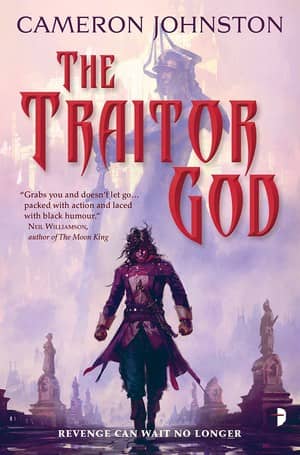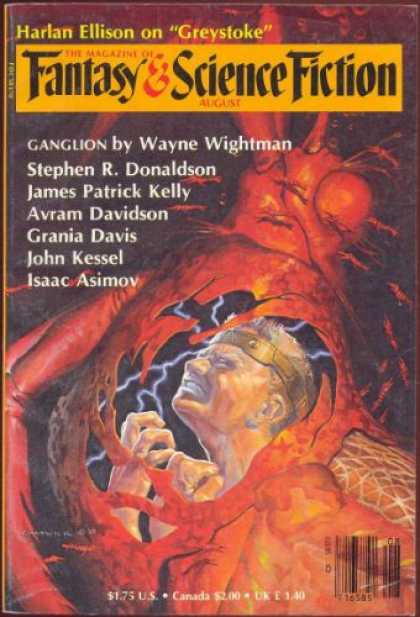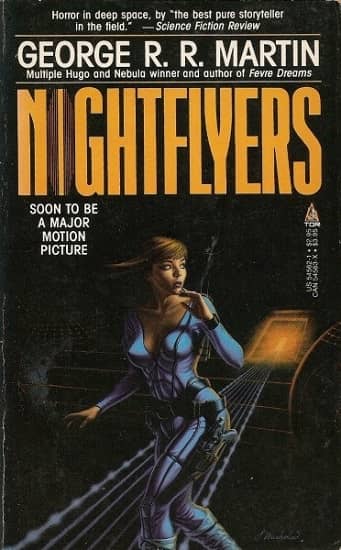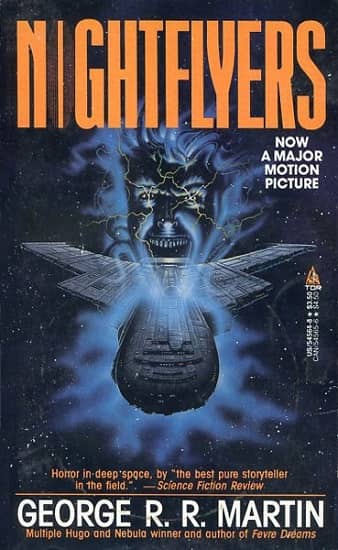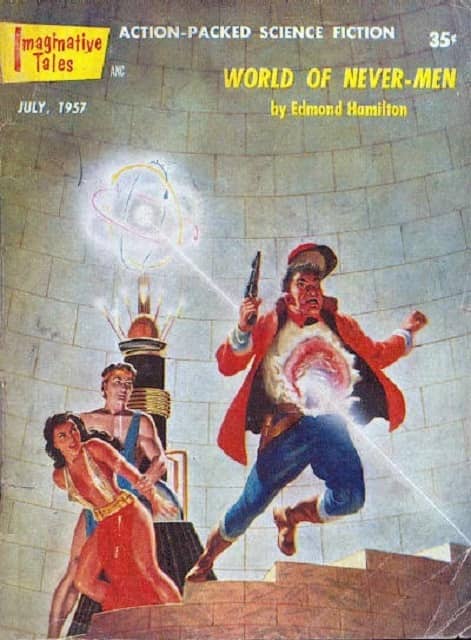 Each month I sit down with the hope of reading nothing but good, solid sword & sorcery fiction. I may read all over the place most of the time, but I do the roundups to get a fix of the stuff that inspired me to blog in the first place. When I open the electronic covers and start reading, I want swords, wizards, warriors, big honking monsters. The basics.
Each month I sit down with the hope of reading nothing but good, solid sword & sorcery fiction. I may read all over the place most of the time, but I do the roundups to get a fix of the stuff that inspired me to blog in the first place. When I open the electronic covers and start reading, I want swords, wizards, warriors, big honking monsters. The basics.
When I finally sat down to read this month’s batch of stories for the roundup, I felt as if I was being deliberately messed with by everyone. There were a few applicable stories, but for the most part, what I read could have been found in the confines of other, less genre-affiliated magazines. It’s not that any of the stories were bad. In fact, they were quite good. They just weren’t heroic fantasy and that’s what I was looking for. Maybe it’s just that I’m getting old and cranky, maybe I’m just a dope, but I was not an especially happy S&S reader this month.
Heroic Fantasy Quarterly, the gold standard by which I judge even the superlative new Tales from the Magician’s Skull, let me down. Issue 36 has the usual complement of three stories and three poems. I don’t dislike any of them, but I only like one of them.
“More Blood Than Bone” by E.K. Wagner is not the one I liked. The issue of who is entitled control of natural resources and who gets to wield the power they confer is couched in a nautical tale starring a sea monster, a naturalist, and a sorcerous aristocrat.
Divided into several sections, each commences with an entry from The Bestiary of Tierence Stillson, Esq.. In the first section, Tierence herself appears on the deck of a ship hunting the dangerous haukfin, in order to gain a better, up-close understanding of the creature and one of its teeth, a source of great magical potential.
…
Read More Read More

